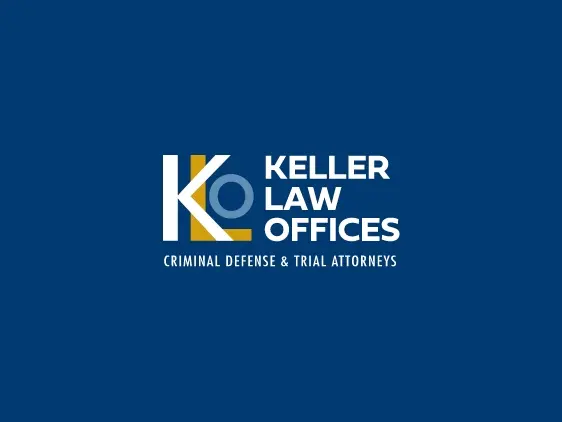Federal laws and regulations can impose collateral consequences on individuals convicted of nonviolent drug offenses. Collateral consequences impact the rights and entitlements of individuals with criminal convictions.
(Article continues below Infographic)
![Do We Need So Many Collateral Consequences for Nonviolent Drug Offenders? [Infographic] 1 Illustration if we need so many collateral consequences for nonviolent drug offenders](https://kellerlawoffices.com/wp-content/uploads/2017/10/Keller_Oct17_Short_Collateral-Consequences.jpeg)
Table of Contents
What are Collateral Consequences?
Collateral consequences are civil restrictions imposed by federal laws and regulations. In a recent report from the Government Accountability Office (GAO), nonviolent drug offenders are subject to over 600 collateral consequences if convicted of a drug offense. These civil restrictions have an impact on the rights and entitlements of all individuals with criminal convictions. The GAO report revealed that close to 641 civil restrictions and rules can apply to nonviolent drug offenses that do not involve any attempted, threatened or actual use of physical force.
Collateral consequences for nonviolent drug offenses can impact many areas of a person’s life. Civil restrictions impact a person’s housing and employment opportunities, as well as constitutional rights to vote and carry firearms. A drug attorney often sees collateral consequences that restrict a person’s life to the point that they are encouraged to return to a life of crime. Because of imposed collateral consequences, many nonviolent drug offenders have difficulty resuming personal and professional activities and leading a normal lifestyle. Of the 641 federal collateral consequences for nonviolent drug offenders, 497 may impose restrictions for life. Only 131 restrictions allow individuals to earn relief by completing rehabilitation. For offenders convicted of criminal offenses at both federal and state levels, 60 to 70% of collateral consequences restrict employment opportunities as a way to protect public safety.
According to the Bureau of Justice statistics, the most frequently identified nonviolent crimes involve drug possession, drug trafficking, burglary, and larceny. Statistics show the following:
- Three out of four inmates released from state prisons have been convicted of nonviolent crimes.
- Drug offenses and property offenses account for approximately one-third of the crimes.
- Drug trafficking is the single largest offense of nonviolent offenders released from prisons.
- Within three years of release, 7 in 10 nonviolent offenders are rearrested for a new crime.
- Among nonviolent offenders released from prisons, one in five is rearrested for committing a violent crime within three years.
In Minnesota, drug crimes cover a broad range of offenses that can violate federal and state laws. Nonviolent offenses such as drug manufacturing and distribution, drug sales and trafficking, and drug possession are often charged as misdemeanors, but felony charges may apply depending on the type and amount of drugs and the circumstances of the crime.






